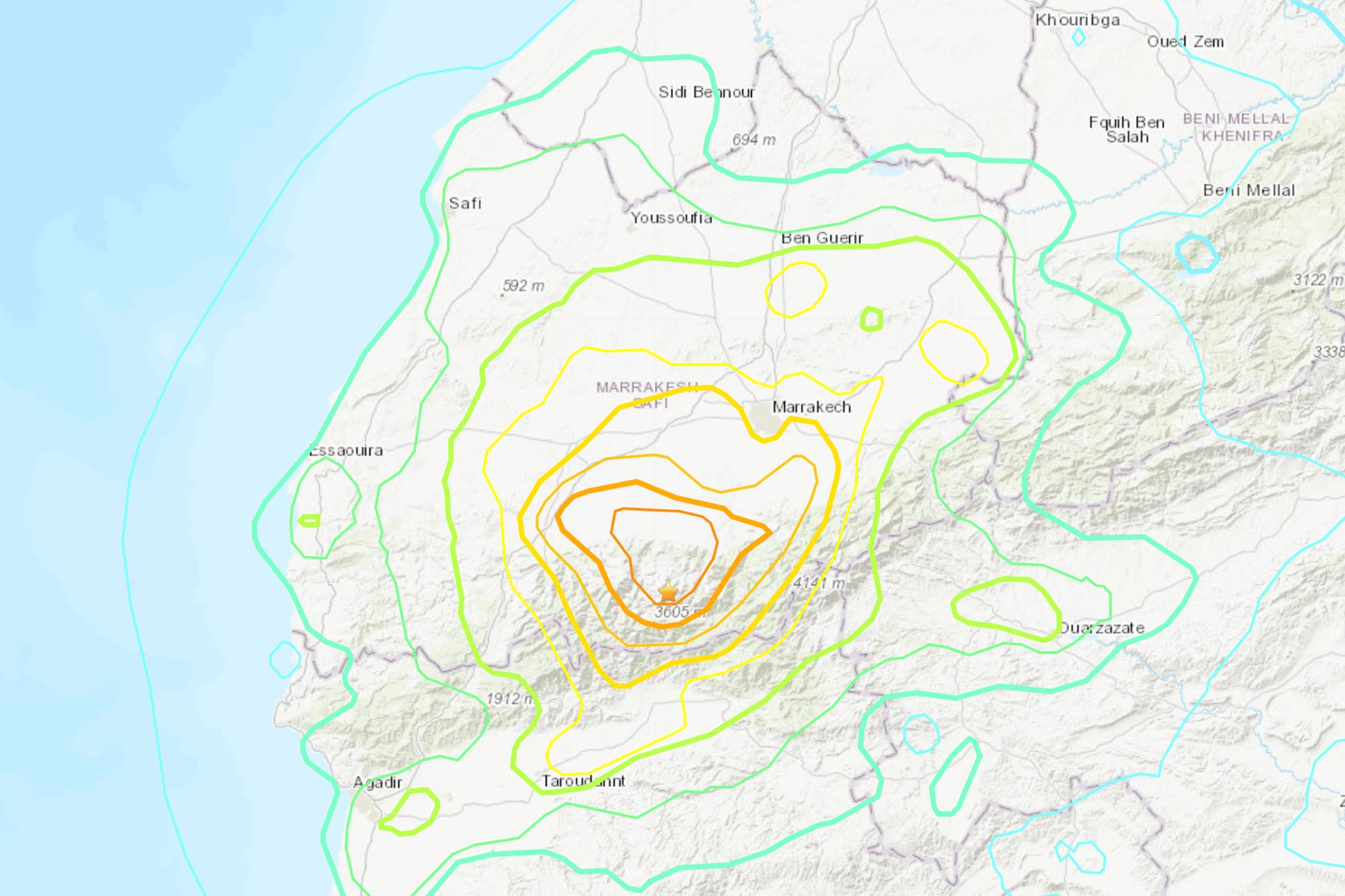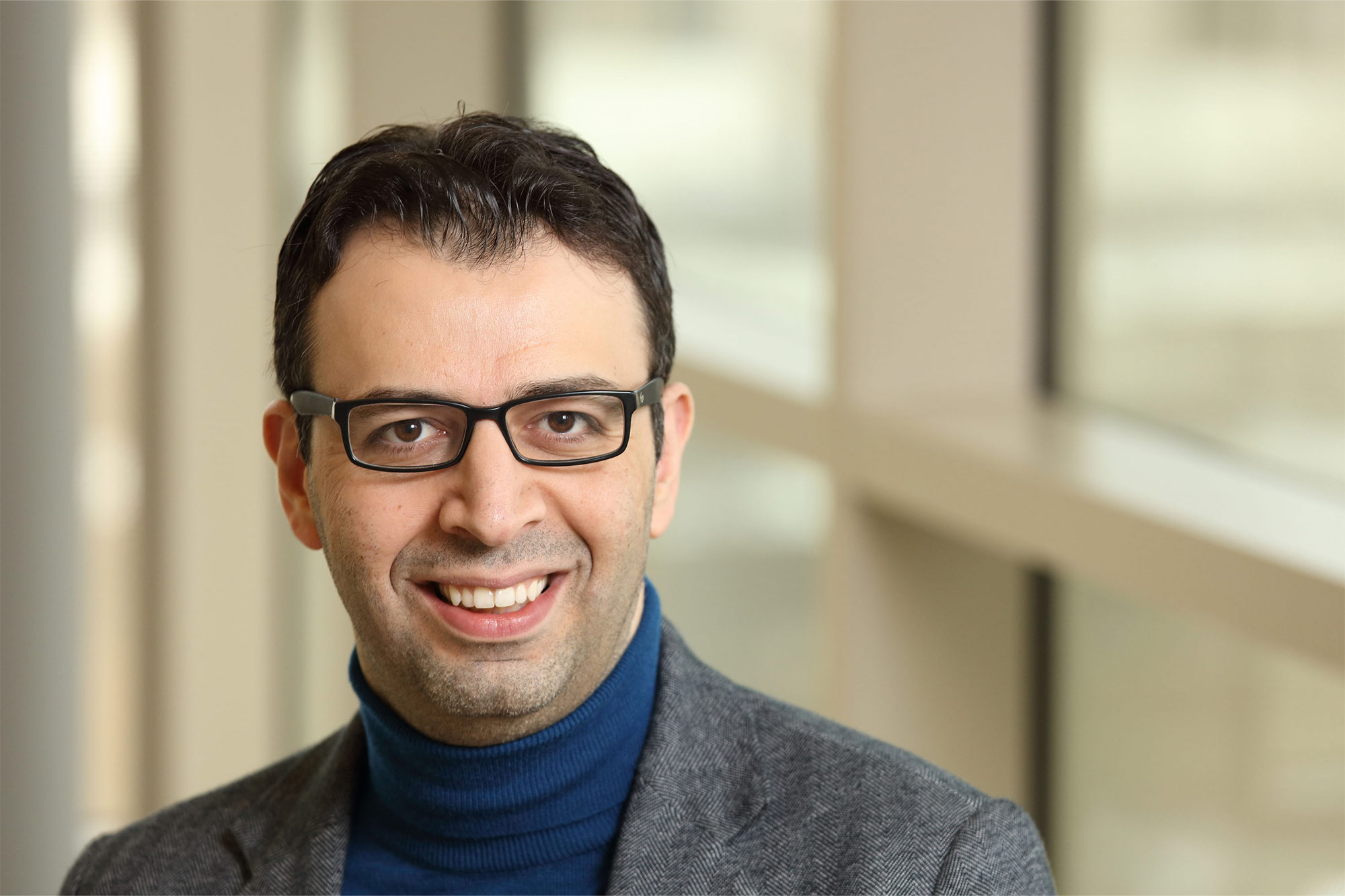Ozbulut compared the earthquake to the Turkey-Syria earthquake that occurred in February, which he commented about extensively in the media.
Despite the strong forces that were at work, “the length of the rupture during the Morocco earthquake was about 10 times smaller than that of Turkey-Syria earthquake. Therefore, the extent of the affected area is smaller.”
“Furthermore,” he added, “it is important to consider that geographical conditions can exacerbate the destructive impacts of earthquakes. For instance, towns located on soft sedimentary ground in the region may have experienced more severe damage due to their susceptibility to ground shaking.”
The professor is among the many experts who now expect the death toll to rise.
“The collapsed buildings are not only heavy structures, but they are also located in mountainous areas, making it challenging to reach individuals who could be trapped beneath the rubble,” Ozbulut said. “Additionally, it is expected that aftershocks will persist in the region. However, typically, the magnitude of these subsequent seismic events tends to decrease over time.”
He stressed the importance of humanitarian relief considering the large amount of homelessness anticipated, and the basic needs that might otherwise go unfilled for Moroccans.
International organizations involved in charitable relief include The International Federation of Red Cross and Red Crescent Societies, Islamic Relief USA, Global Giving, UNICEF and Doctors Without Borders.






